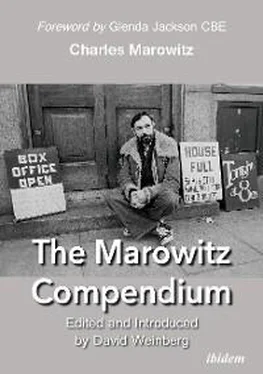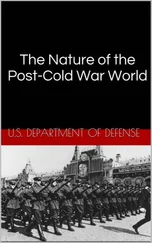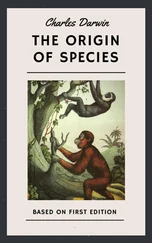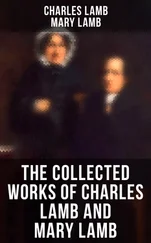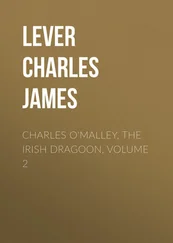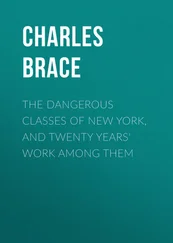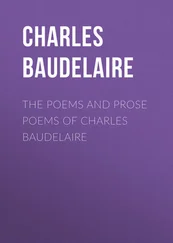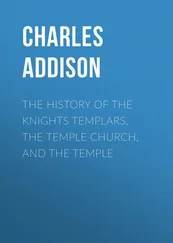During the 1950s General Eisenhower, who embodied in many ways older attitudes, was elected to the US presidency twice and former soldiers who were now in their thirties applied the discipline and group ethos that was engrained during the War into civilian activities. Meanwhile the younger generation who had greater educational opportunities as well as fewer financial restrictions and arguably, as a consequence, a greater emphasis on individual fulfilment emerged as a characteristic of the new ‘Baby Boom’ generation which by the late 1950s was entering its teenage years. Teenagers began to assert their identities and it was in part because of these contrasts and contributing factors that a generational clash grew on both sides of the Atlantic, in which many American influences, including what may be described as an emerging youth culture, played an influential role.
In 1956, in Britain, for example more than eighty local councils banned screenings of the hit musical film Rock Around the Clock, amid widespread fears it would foment teenage delinquency. The system of theatre censorship in Britain and taxation combined with a lack of public subsidy led to a situation where theatrical output was restricted. American work, meanwhile, was not created with the intention of satisfying these conditions and over time had a role in changing the prevailing environment in Britain.
In the years after World War II an economic boom in the United States eventually created economic conditions during the 1950s which led to a need for an alternative to Broadway in order to cultivate experimentation, discover new voices, and test untried material which in the pre-war period would have been possible on Broadway (Aronson 2000: 4). By 1951 New York was the richest city in the world and an inflationary boom during the 1950s drove the costs of production on Broadway to unprecedented heights while at the same time Broadway’s audiences were being lost to the cinema and to television (Bottoms 2004: 19). The increasingly severe economic imperatives of commercial Broadway Theatre meant that conventional producers were unwilling or unable to risk money on unfamiliar names and unconventional material so that full scale productions produced on Broadway of plays by unknown playwrights became very difficult.
In this context the Off Broadway sector emerged in Greenwich Village. Greenwich Village was also the place where the ‘counter culture’ started as a rebellion against 1950s conformity. On the Road, by Jack Kerouac was written in 1951 (published 1957) and figures such as William Burroughs, Allen Ginsberg, Thelonious Monk, and Jackson Pollock, to name a few were revolutionising literature, music, and the visual arts. There were important distinctions between Off Broadway and Off Off Broadway but there was also a certain continuity. During the late 1950s and early 1960s Off Broadway theatres also became increasingly commercial and as a consequence young theatre artists and writers began to form (and perform) in tiny cafes and non-theatre spaces such as church basements, lofts, and living rooms. Most of these spaces were also located in Greenwich Village or in the East Village and became associated with the label Off Off Broadway.
The emergence of these non-theatre spaces coincided with the blossoming of the downtown arts scene. Poets, dancers, painters, musicians, and filmmakers were simultaneously experimenting with anti-narrative based art forms and means of collective creation in comparable ways. Julian Beck, the co-founder of the ground-breaking Living Theatre, for example, was himself an abstract expressionist painter of some renown. Together with his wife Judith Malina they saw the purpose of the Living Theatre was to introduce the new movements expressed in experimental dance, music, painting, and poetry into live theatre (Bottoms 2004: 25). In his 1961 book Theatre of the Absurd, Martin Esslin suggests that theatre had a delayed reaction to movements which had broken the boundaries of other traditional art forms in the earlier part of the century such as abstract expressionism.
The mixed media interventions known as ‘Happenings’ were part of a fundamental layer in the development of alternative theatre during the 1960s. In 1911 Boccioni used part of a wooden window frame in a piece of futurist sculpture, and ever since 1911 or 1912 when Braque or Picasso, depending on which source one follows, glued a piece of real material to a canvas and originated collage, actual elements have been incorporated into painting. The picture moved out into the real space of the room. As an environment the painting then took over the room and finally as a sort of, environment with action, became the alternative theatre form known as ‘Happenings’ based at the Reuben Gallery in New York (Kirby 1965: 22). ‘Cultural’ and ‘ideological’ transactions took place and were brought about through the rupturing of established norms and contexts which were facilitated by the anti-hierarchical use of space, interdisciplinary content, and inclusive modes of audience assemblage and participatory performance practices (Aronson 2000: 7).
In September 1963, Jim Haynes, John Calder, and Kenneth Tynan organised the International Drama Conference at Edinburgh University’s dedicated graduation hall, McEwan Hall. One hundred and twenty international theatre artists attended, including Peter Brook, Sir Laurence Olivier, Ionesco, and Martin Esslin (Marowitz 1990: 55). During a scheduled speech at the 1963 conference Marowitz seemingly set out to codify a rigid interpretation of Beckett’s Waiting for Godot. He insisted that his should be the official interpretation of Godot , no flexibility or alternatives allowed. Although clearly intended as satire, Marowitz’s provocation set a chain of events in motion which resulted, on the last day of the conference, in what is widely considered to be the very first Happening in the UK.
A Happening is a collective experience, based on chance, surrealism, Dada, non-narrative theatre and the Zen Huang Po doctrine of universal mind which held that ‘centricity within each event is not dependant on other events’ (Aronson 2000:38). Marowitz, Allan Kaprow, and a number of collaborators were responsible. Kaprow had earlier coined the term ‘Happening’ during the spring of 1959 in New York and had since become a well-known practitioner. The Happening was a deliberate attempt to generate performance crisis and subvert and replace dominant post-Renaissance theatre and Western theatrical conventions dating back to Aristotle. In this case, it included a nude woman being wheeled across a gallery space. Although at the time women could appear nude on the British stage as long as they did not move, pictures on the front pages of the national press depicted nudity in motion and it caused a scandal. The Happening itself was received with great outrage by many of the attenders. Nevertheless, it provoked important questions about performance consciousness and what was ‘real’ and what was ‘not real’. Essential questions were posited concerning time and the collective versus individual experience of performance (Marowitz 1990:66).
The Happening was a deliberate attack on the conference participants’ fundamental sense of what is theatrical. In most traditional theatre the play is understood through a cumulative reading of information transferred to the audience through plot, dialogue, sets, and costumes. Conventional centres of interest and meaning were totally removed from the Happening. The event was attended by the Queen’s cousin, Lord Harewood, then Artistic Director of the Edinburgh Festival, and, importantly, was also televised on the BBC’s Monitor programme. An unsuccessful case was later brought against the conference organisers in the Scottish Law Courts. The case was front page news for weeks in the UK and influenced the production of many similar events during the 1960s and 1970s (Haynes 1984: 61). A poetry conference proposed for the following year, however, was cancelled as a consequence of the furore.
Читать дальше
